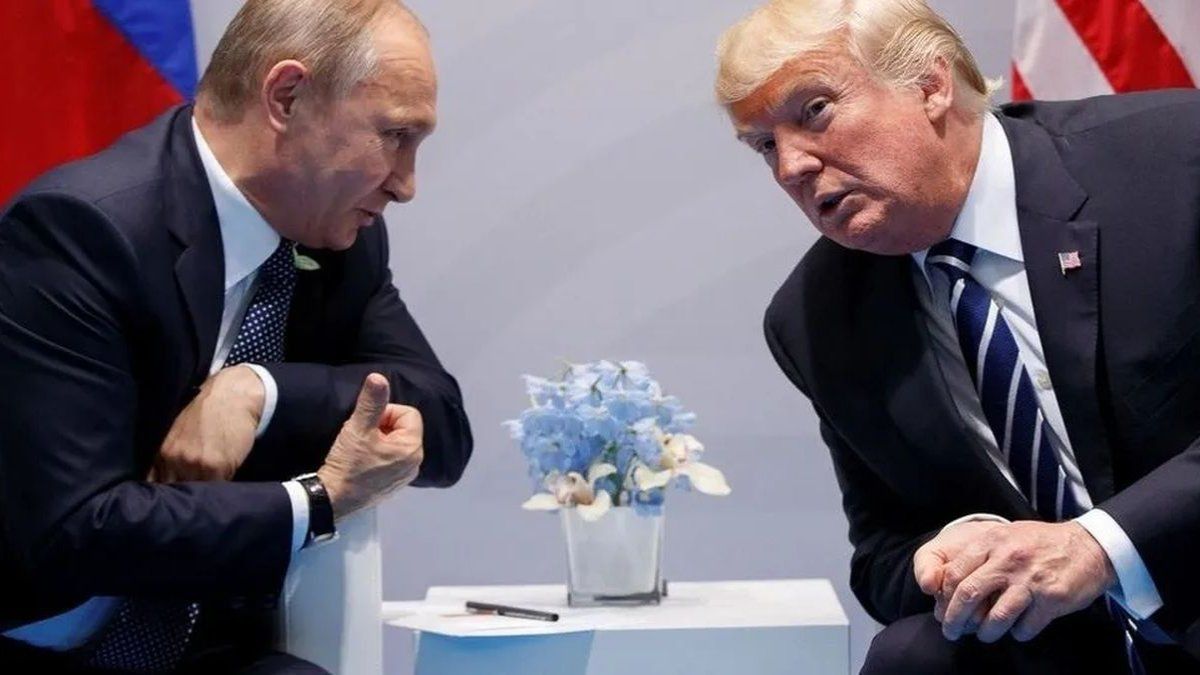The dollars They imply a form of savings and a vital part of the economy of many Argentines. These are banknotes that are “kept under the mattress”, resold or passed from hand to hand through informality. That’s why, you must be attentive and take into account certain characteristics so as not to end up with fake bills.
The concern in the City is great, since these are more or less sophisticated fakes. Some are easy to spot, while others require a trained eye and can fool both buyers and sellers.
dollar-investments-finance-markets-live
freepik.es
How to know if a bill is fake
To identify a true North American bill, you must take into account the following characteristics:
- The texture: you will notice a slightly rough texture to the touch, the moment you come into contact with the ticket. As explained by the United States reserve, the bills are made up of a mixture of 25% linen and 75% cotton, with red and blue security fibers.
- The watermark: as happens with all banknotes in Argentina and around the world, US$100 papers have a watermark as a security measure since 2013.
- Security thread: to identify the validity or falsity of a bill, you can look on the security thread when holding the paper up to the lightso you will see the legend “USA 100.”
- 3D security band: dollars feature a woven blue ribbon that rests on the front of the banknotes. You can see the security strip if you tilt the paper.
- The bell in the inkwell: A new security feature was inaugurated in 2010: the bell in the inkwell on the face of the bill, which changes from copper to green when the bill is tiltedand, produces an effect that makes the bell appear and disappear within the copper-colored inkwell.
Dollar “small face” vs. “big face”: why they are worth different
In the informal exchange market that operates in the City of Buenos Aires, there has been a differentiation between different issues of the dollar bill for years.. It is about the “small face” and “big face” dollars. For the former you can pay up to 4% less and many savers do not want them. The novelty is that now this has also begun to transfer to the banks.
The so-called “small side” dollars are those that were printed in the United States until 1996. On the US$100 bill there is Benjamin Franklin within an oval frame and which, in terms of dimensions, is smaller compared to printed versions later.
The caves in the City of Buenos Aires pay less for those tickets and also sell them cheaper. Although they are completely legal tender, savers reject them. You end up paying 2% and 4% less because in theory they are “more difficult to move” and easier to falsify.
dollar face big girl.jpg

“Consumers around the world are advised that it is not necessary to exchange the previous design $100 bills for the new ones. “It is the policy of the U.S. Government that all designs of U.S. currency remain legal tender regardless of the time of issuance,” the Fed announced in 2013, the last time they renewed the design of the ticket.
The most recent version of the US banknotes is the one with a blue band running through it and Franklin’s face appearing in the foreground, without the oval. That is the bill called the “big head,” and the blue band is an additional security measure to prevent counterfeits.
Although there are no “legal” reasons, the “little trees” take the old $100 bills with discounts. The same thing happens with lower denomination dollars.
Source: Ambito
I am a 24-year-old writer and journalist who has been working in the news industry for the past two years. I write primarily about market news, so if you’re looking for insights into what’s going on in the stock market or economic indicators, you’ve come to the right place. I also dabble in writing articles on lifestyle trends and pop culture news.




